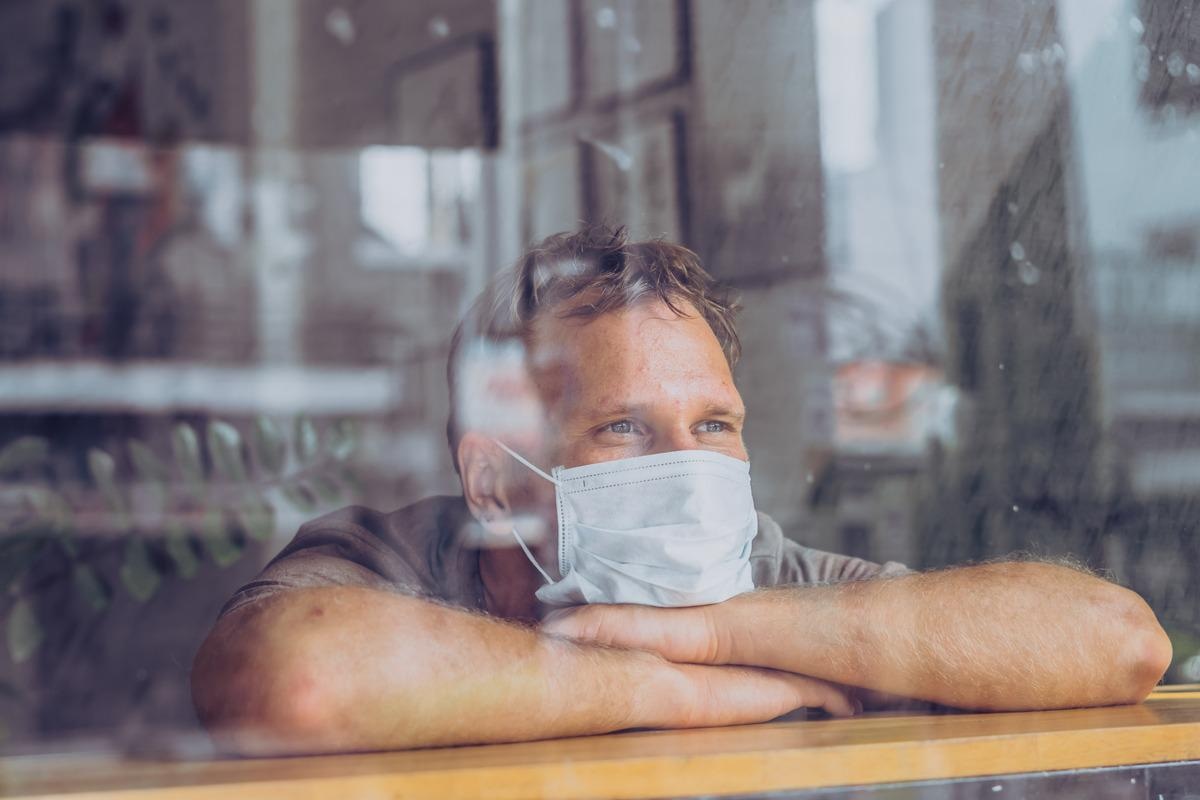In a recent study posted to Research Square*, researchers investigated whether residual severe acute respiratory syndrome coronavirus 2 (SARS-CoV-2) antigens and ribonucleic acid (RNA) are present in tissues samples of long coronavirus disease 2019 (COVID-19) (LC) patients beyond the convalescent phase of COVID-19.
 Study: Persistence of residual SARS-CoV-2 viral antigen and RNA in tissues of patients with long COVID-19. Image Credit: ANDREI_SITURN/Shutterstock
Study: Persistence of residual SARS-CoV-2 viral antigen and RNA in tissues of patients with long COVID-19. Image Credit: ANDREI_SITURN/Shutterstock

 This news article was a review of a preliminary scientific report that had not undergone peer-review at the time of publication. Since its initial publication, the scientific report has now been peer reviewed and accepted for publication in a Scientific Journal. Links to the preliminary and peer-reviewed reports are available in the Sources section at the bottom of this article. View Sources
This news article was a review of a preliminary scientific report that had not undergone peer-review at the time of publication. Since its initial publication, the scientific report has now been peer reviewed and accepted for publication in a Scientific Journal. Links to the preliminary and peer-reviewed reports are available in the Sources section at the bottom of this article. View Sources
Background
SARS-CoV-2 is a single-stranded RNA virus comprising four structural proteins such as Nucleocapsid (NP), Membrane (M), Spike (S), and Envelop (E) proteins along with several non-structural and accessory proteins, among which NP is of prime diagnostic importance.
The nucleocapsid forms complexes with viral genomic RNA that interacts with viral membrane proteins during virion assembly and plays a critical role in enhancing the efficiency of virus transcription. The nucleocapsid contains NP antigens that can be detected by various serological diagnostic techniques based on viral NP antigen binding to host anti-NP antibodies, such as immunohistochemistry (IHC). Immunostaining techniques such as IHC involve using chromogenic enzymes and special stains with or without fluorescence to detect the presence of a particular antigen in a tissue sample.
The single-strand, positive-sense genomic RNA present in the SARS-CoV-2 molecular structure requires the presence of a negative-sense or replicative RNA. This RNA is used as a template for synthesizing new RNA copies, essential for viral replication. When viral counts are sufficiently high, clinical manifestations of COVID-19 start to occur in the human body.
According to the World Health Organization (WHO), LC is a disease state in which COVID-19 symptoms like fever, brain fog, fatigue, muscle pain, and breathlessness persist in the patient beyond the acute period of the disease and cannot be attributed to any other diagnosis.
Residual genomic viral RNA copies contribute to continuous viral replication in the host nucleus, which could give rise to reactivation of the immune system and re-infection in the presence of elevated viral counts. Asymptomatic COVID-19 patients possessing residual viral cells also carry the risk of viral transmission to other individuals. Residual viral antigens, if present, could lead to false-positive results and decrease the accuracy of existing diagnostic procedures. Accurate and rapid diagnosis of these residual viral cells and antigens could lead to a decrease in the risk of re-infection and chances of false-positive results, respectively.
Previous studies established that residual SARS-CoV-2 RNA and antigens are present in the stool and gastrointestinal (GI) samples of convalescent LC patients. However, information on detecting viable viral cells in human organ tissues is sparse.
About the study
The present study evaluated whether residual viral antigens and viral RNA were present in post-convalescent tissues obtained from the skin, breast, and appendix of two LC patients, approximately six months and 18 months after COVID-19 diagnosis. IHC analysis was used to detect SARS-CoV-2 NP, whereas the RNAscope was used to detect the presence of residual positive-sense and negative-sense RNA.
To validate the study findings and eliminate the possibility of positive tissue staining due to infections other than COVID-19, labeled anti-SARS-CoV-2-NP-antibodies were tested against the NP antigen in GI tissues obtained in 2019 from another set of LC patients. GI tissues are the site of major viral shedding and high viral spike (S) protein binding host angiotensin-converting enzyme 2 (hACE2) receptor expression.
Results
The residual virus was detected within the appendix and tumor-adjacent region of breast tissue by IHC. However, no viral antigens were identified in the tumor. The skin did not take up the ICH stain, probably due to the high cellular turnover rate of skin cells.
Negative-sense (template or intermediate replicative) RNA and positive-sense (viral genomic) RNA were detected in the breast and appendix tissues using RNAscope, indicating constant viral replication.
Conclusion
The study results demonstrated that SARS-CoV-2 antigens and particles persist in human tissues longer than a year after COVID-19 diagnosis. These residual cells must be diagnosed and eradicated at the earliest to accelerate complete host recovery, decrease the chance of re-infection, and increase the accuracy of diagnostic procedures.
Future studies with larger sample sizes incorporating different populations from all over the globe are required to validate and standardize the study findings. More research will also help ascertain the reason for the absence of residual SARS-CoV-2 antigens and RNA in breast tumors and skin cells and investigate whether the GI tract is a true reservoir of SARS-CoV-2.

 This news article was a review of a preliminary scientific report that had not undergone peer-review at the time of publication. Since its initial publication, the scientific report has now been peer reviewed and accepted for publication in a Scientific Journal. Links to the preliminary and peer-reviewed reports are available in the Sources section at the bottom of this article. View Sources
This news article was a review of a preliminary scientific report that had not undergone peer-review at the time of publication. Since its initial publication, the scientific report has now been peer reviewed and accepted for publication in a Scientific Journal. Links to the preliminary and peer-reviewed reports are available in the Sources section at the bottom of this article. View Sources